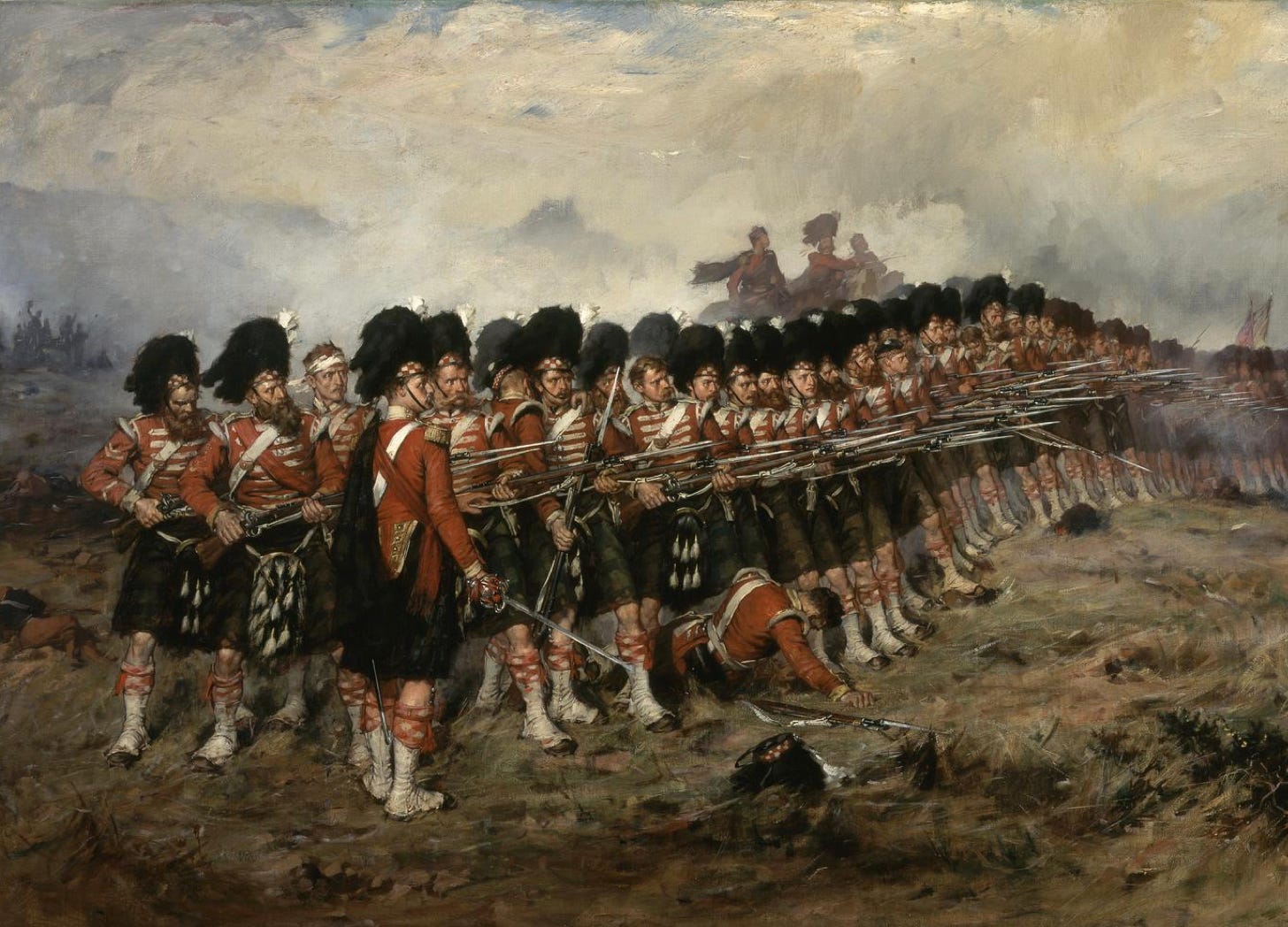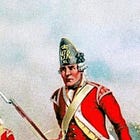
The years between the beginning of the Crimean War (1854) and the outbreak of the Great War of 1914-1918 saw the first major transformation of infantry tactics since the introduction, at the beginning of the eighteenth century, of the bayonet. Like its predecessor, this revolution resulted from the widespread adoption of a novel technology. In particular, it followed the introduction of a series of shoulder arms, each of which could fire faster, and with greater accuracy, than its immediate predecessor.
At the beginning of this process, a relatively small number of European soldiers had carried rifled shoulder arms for more than a century. However, the amount of training needed to master these weapons (which might be measured in months or even years) and the time required to load each round (often a matter of minutes) limited the use of these precision weapons to specialists, soldiers who, like the snipers of the past century or so, fought in ways that differed considerably from those of ordinary infantrymen. In the same era, the long arms born by most men who fought on foot sacrificed both accuracy and range in order to obtain a higher rate of fire.1
In the fourth and fifth decades of the nineteenth century, changes to both rifles and the ammunition that they fired challenged this dichotomy. One set of alterations, epitomized by the improvements championed by Claude-Étienne Minié, employed bullets that, while small enough to slide easily down the barrel of a rifle, expanded as they exited the bore. Another, the invention of Johann Nicolaus Dreyse, replaced the time-honored system of loading from the muzzle with a mechanism that permitted the placement of a complete cartridge into the breech of the weapon.
Rifles of the first kind provided improvements to both range and accuracy while, at the same time, retaining both the reliability and the familiarity of its predecessor. Indeed, the only feature of a Minié rifle (or one of its close cousins) that would have struck a musket-trained soldier as new would have been the adjustable sights fixed to its barrel.
The rifle invented by Meister Dreyse proved less accurate than rifles of the sort designed by Captain Minié and, thanks to the delicacy of the mechanism, somewhat less reliable. At the same time, they offered a higher rate of fire. Better yet, a soldier could easily load a Dreyse rifle without have to stand up and, as a result, was able to fire while kneeling, sitting, or even lying down.2
As is often the case with revolutions, the first battles fought by men armed with the new shoulder weapons sported strange mixtures of the old and the new. Thus, the famous ‘think red line’ of the battle of Balaclava (25 October 1854), composed of men armed with Minié-style rifles, bore a close resemblance to the double-rank lines adopted by smoothbore-sporting Redcoats during the American War of Independence (1775-1783). Five years later, the failure of Austrian soldiers to make proper use of the sights on their Minié-mimicking Lorenz rifles led a brief ‘Indian summer’ of close order tactics.
To be continued …
In his Yorck and the Era of the Prussian Reform, 1807-1815 (Princeton, NJ: Princeton University Press, 1966), Peter Paret provides a description of an experiment, conducted by Gerhard David von Scharnhorst in the early 1800s, that compares the accuracy of various types of shoulder arms used in that era. (The link will take you to the Internet Archive.)
For the story of the Dreyse ‘needle gun’, see Dennis Showalter Railroads and Rifles: Soldiers Technology and the Unification of Germany (Hamden, CT: Archon Press, 1986) (Internet Archive)






